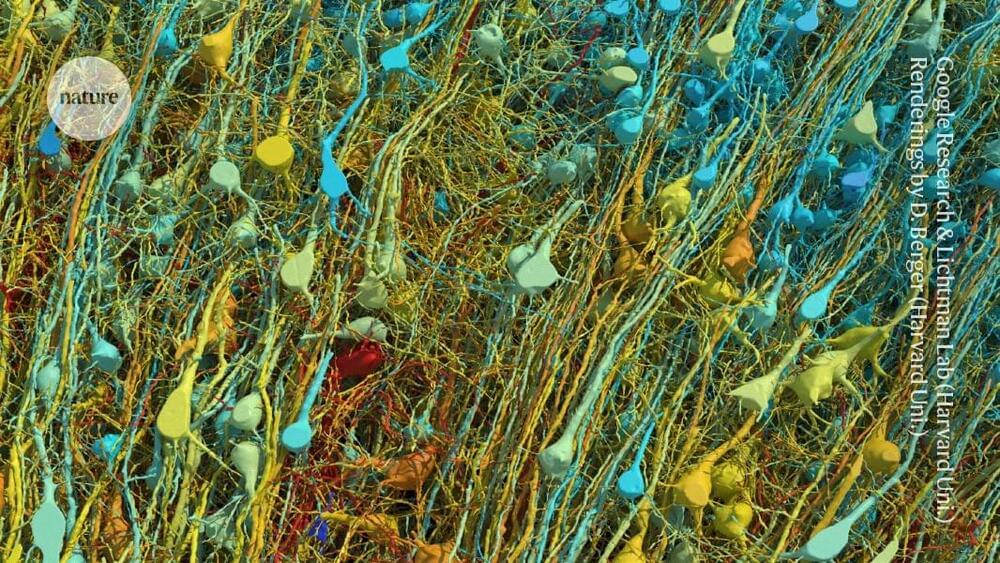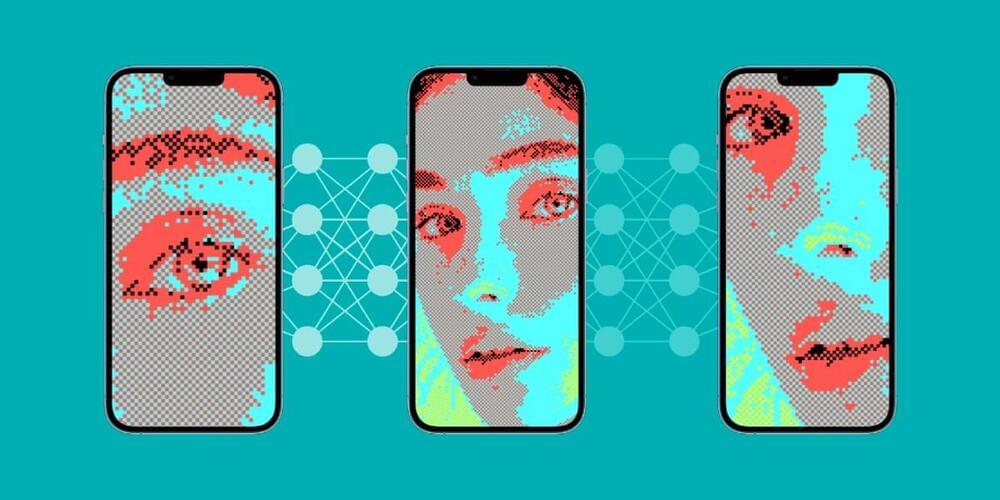He Jiankui, who went to prison for three years for making the world’s first gene-edited babies, talked to MIT Technology Review about his new research plans.



Chinese technology firms started stockpiling Samsung’s high-bandwidth memory (HBM) chips earlier this year in anticipation that the United States would soon ban their export to China.
China accounted for about 30% of Samsung’s HBM chip revenues in the first half of this year, driven by rising demand from tech giants like Huawei and Baidu as well as new Chinese startups, Reuters reported, citing three unnamed sources. HBM chips are commonly used as artificial intelligence (AI) accelerators.
The Reuters report said most Chinese firms have sought in particular the HBM2E chip, which is one generation behind the HBM3 and two generations behind the most advanced HBM3E. China plans to produce indigenously the HBM2, the most mature, least advanced model.


New cooling technologies that incorporate energy storage could help by charging themselves when renewable electricity is available and demand is low, and still providing cooling services when the grid is stressed.
“We say, take the problem, and turn it into a solution,” says Yaron Ben Nun, founder and chief technology officer of Nostromo Energy.
One of Nostromo Energy’s systems, which it calls an IceBrick, is basically a massive ice cube tray. It cools down a solution made of water and glycol that’s used to freeze individual capsules filled with water. One IceBrick can be made up of thousands of these containers, which each hold about a half-gallon, or roughly two liters, of water.



But that doesn’t mean Frosst is bullish on everything the industry is building. He doesn’t think AI is really ever going to get to artificial general intelligence, defined as human-level intelligence, which is a noticeably different narrative from some of Frosst’s AI peers like Mark Zuckerberg and Jensen Huang. He added that if the industry does get there, it’s not going to be for a long time.
“I don’t think we’re gonna have digital gods anywhere, anytime soon,” Frosst said. “And I think more and more people are kind of coming to that realization, saying this technology is incredible. It’s super powerful, super useful. It’s not a digital god. And that requires adjusting how you’re thinking about the technology.”
Frosst said they try to be realistic at Cohere about what AI technology can and can’t do and what types of neural networks can provide the most value. Cohere’s approach to building its business model is based on the research work of Cohere co-founder and CEO Aidan Gomez while at Google Brain. Gomez is, of course, known for his extensive AI research. He’s most famous for co-writing a paper that bought AI the transformer model that ushered in this generative AI era. But he also co-wrote a paper in 2017 called One Model to Learn Them All. This research came to the conclusion that an all-encompassing large language model is more useful than small models trained for a specific task or on data from a specific industry, Frosst said.



If you thought the Great Reset was a lot to process and fight, hang on to your hats. The global elite, never satisfied with their power and always seeking more, have introduced a new phase of their agenda. Called the “Great Narrative,” it capitalizes upon the decay in Western values to realign power. It is not a coincidence that in the World Economic Forum’s “8 Predictions for the World in 2030” video, #2 was “The U.S. won’t be the world’s leading superpower. A handful of countries will dominate” and #8 was “Western values will have been tested to the breaking point.”
This Great Narrative framework is enabled by more than just pure societal malaise. It harnesses advanced technologies, from artificial intelligence to robotics to help shift the power structure in a new world order. Glenn Beck covers this plan and how to fight back in his truly important new book, “Dark Future.”